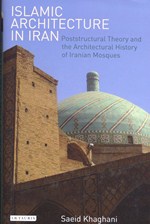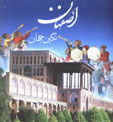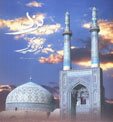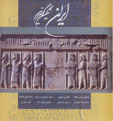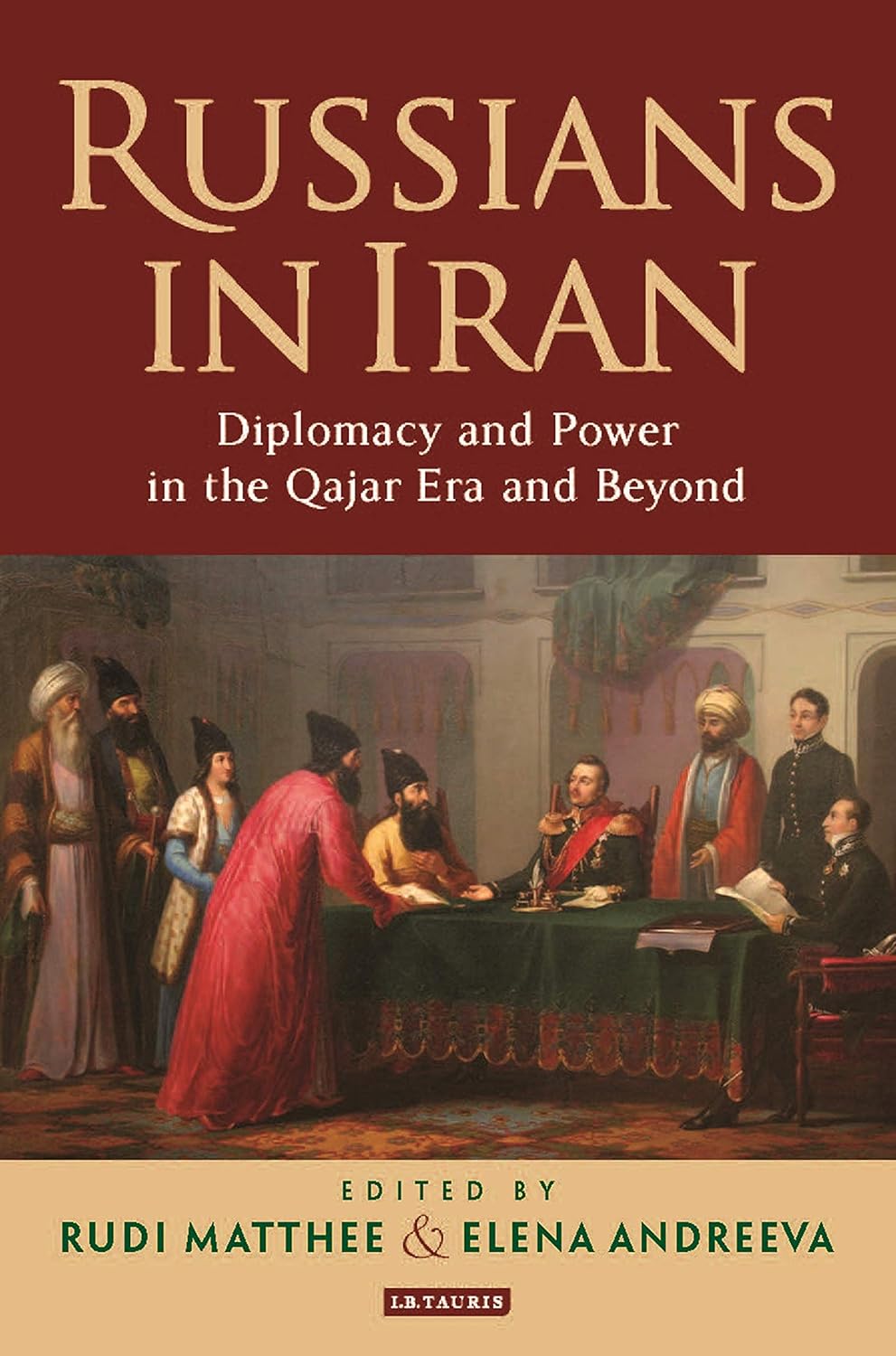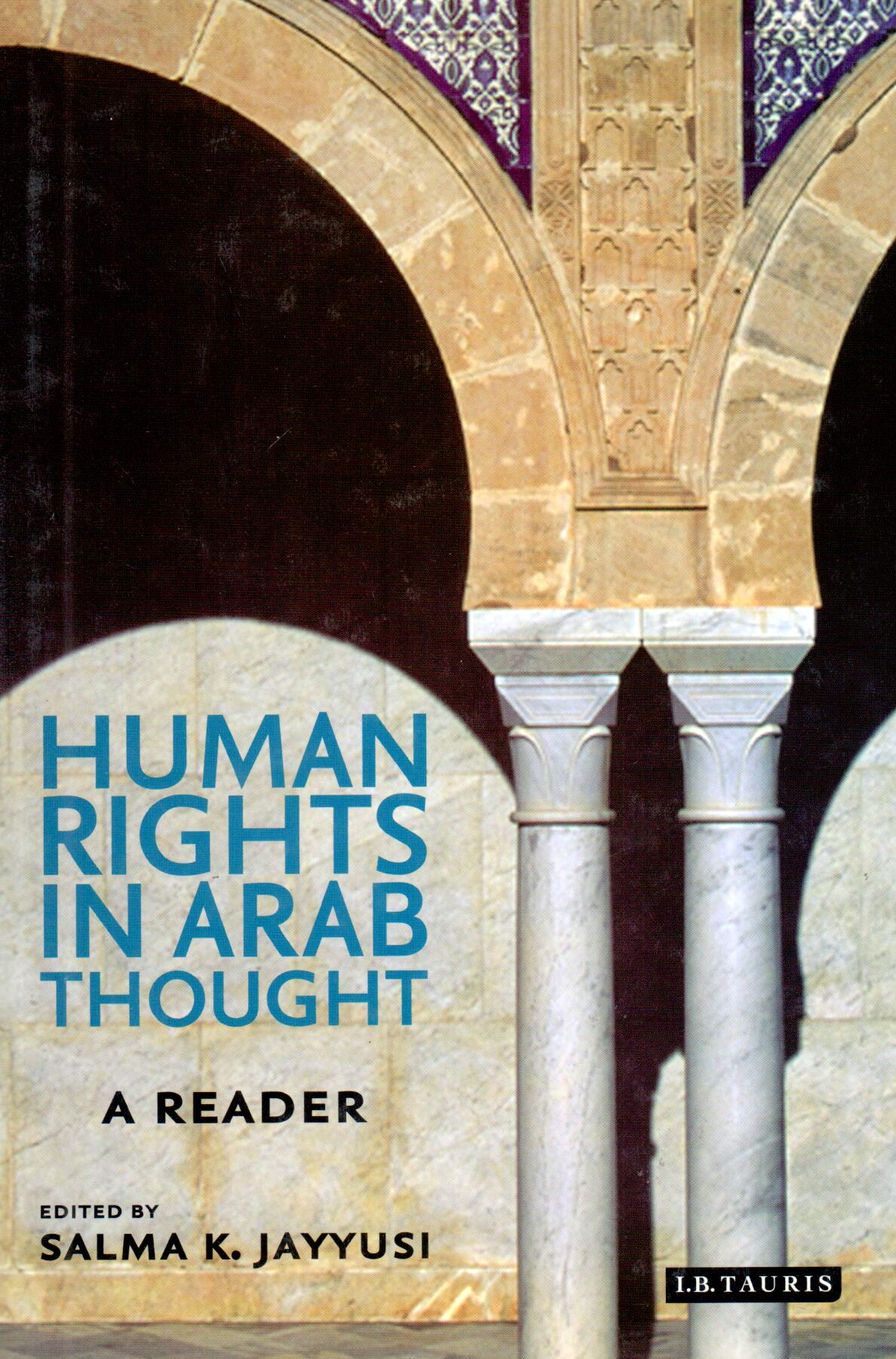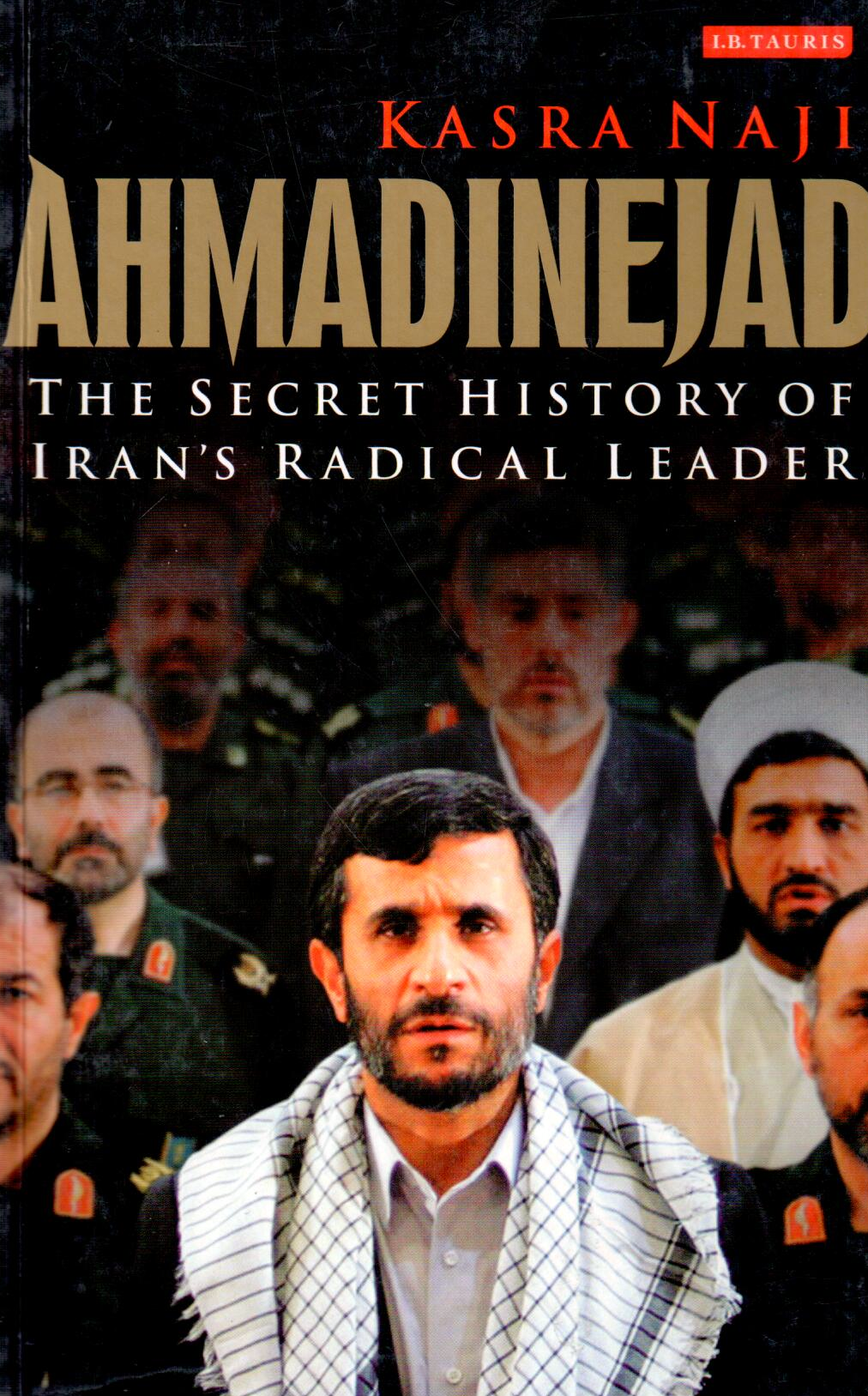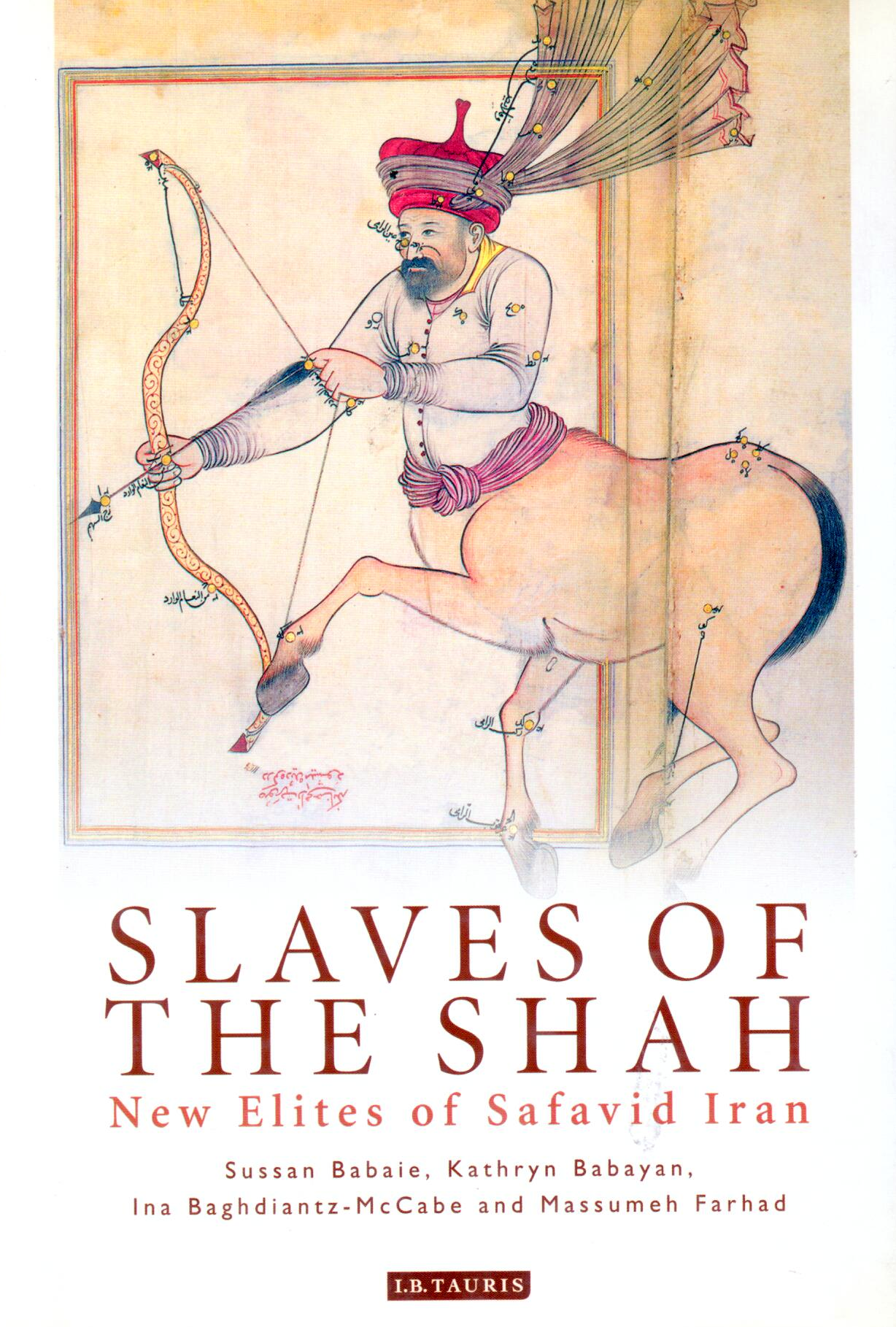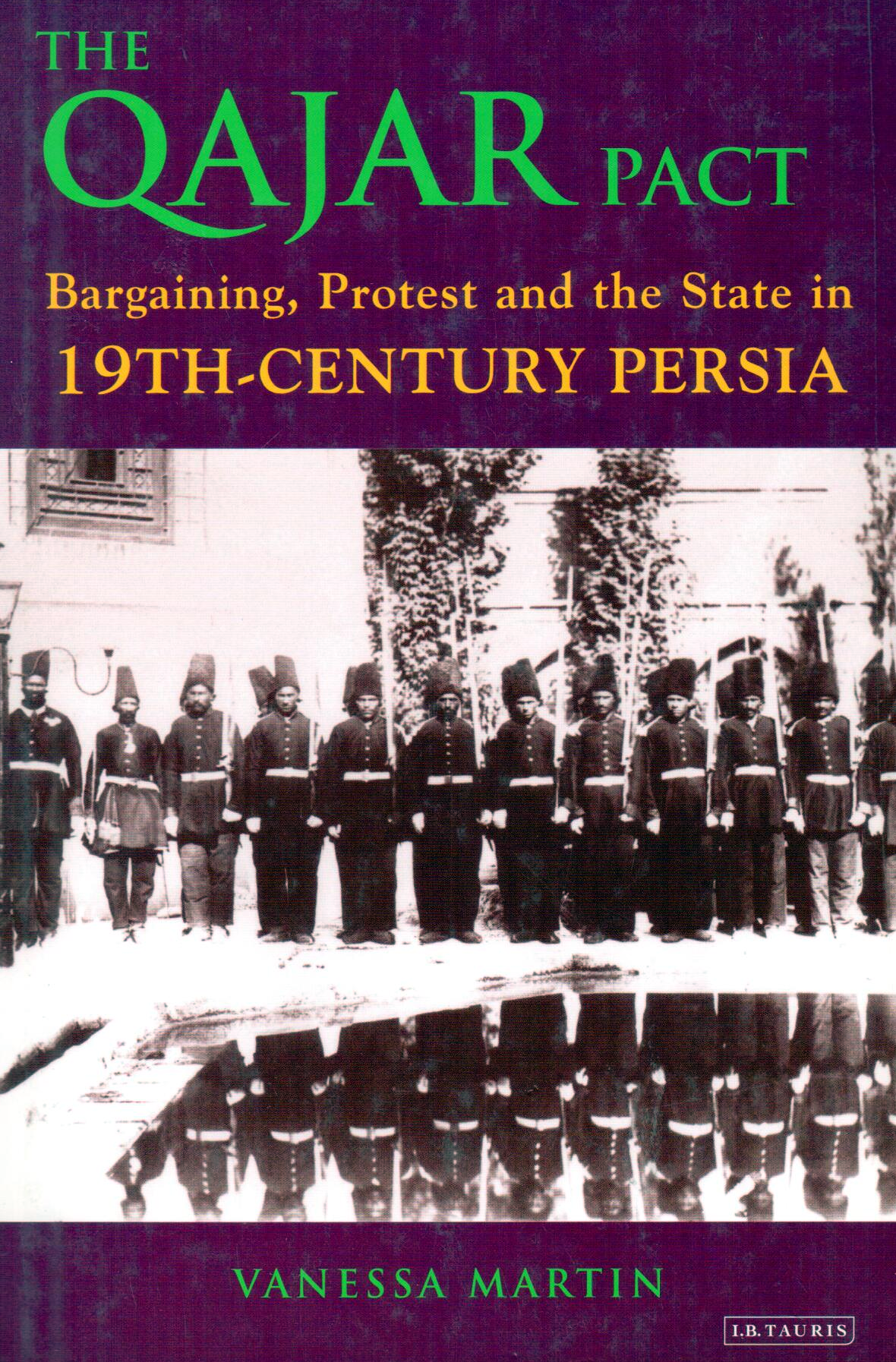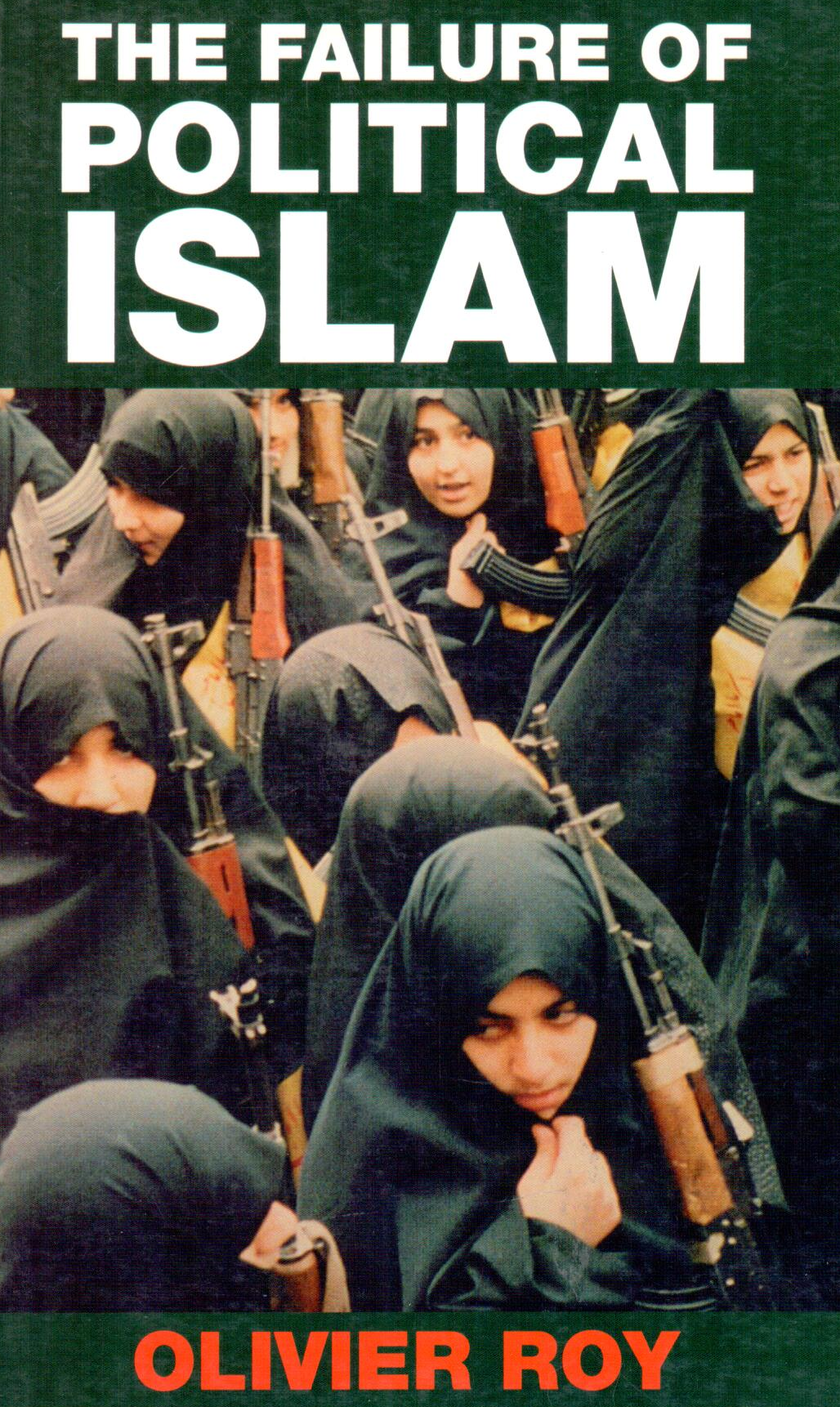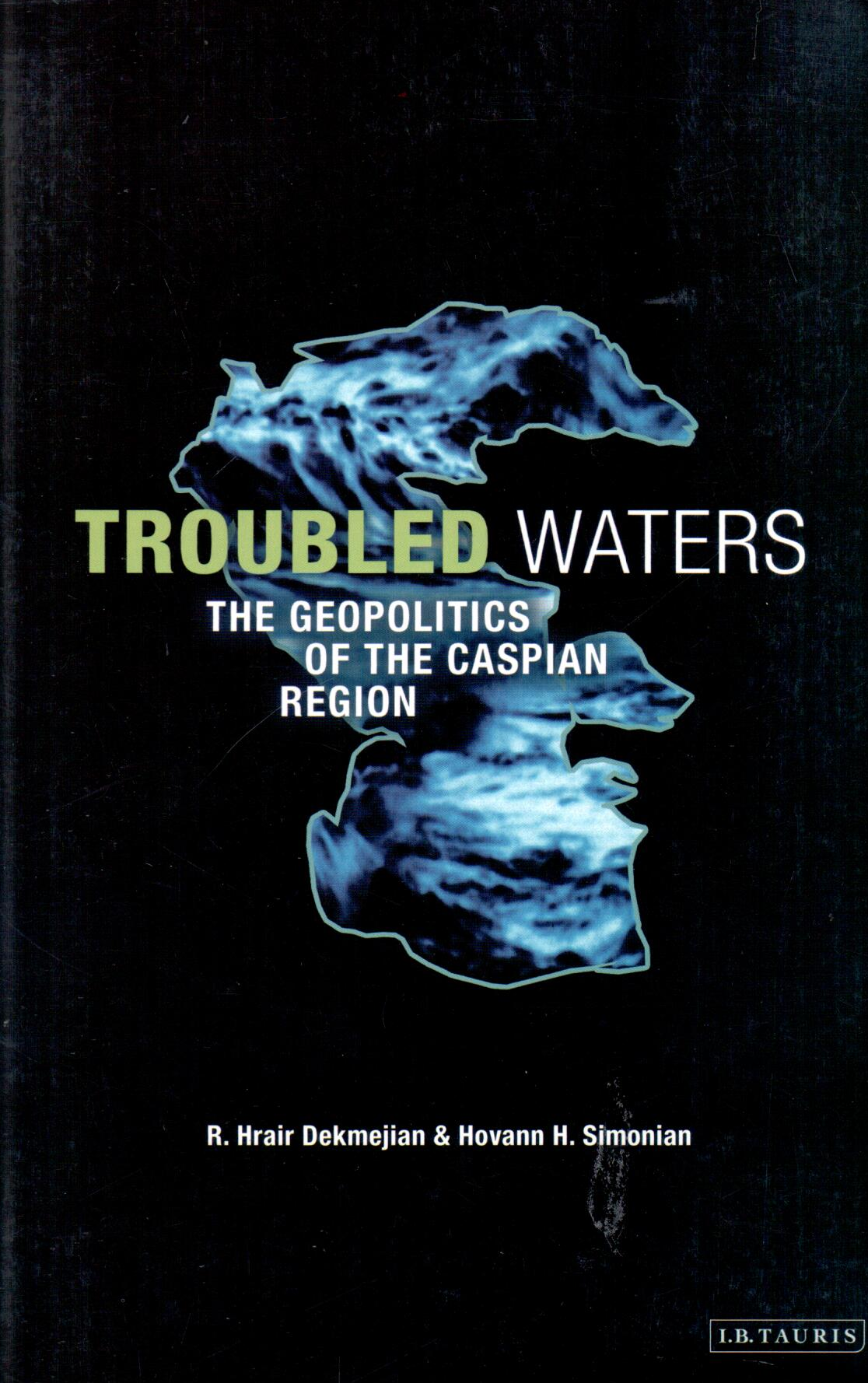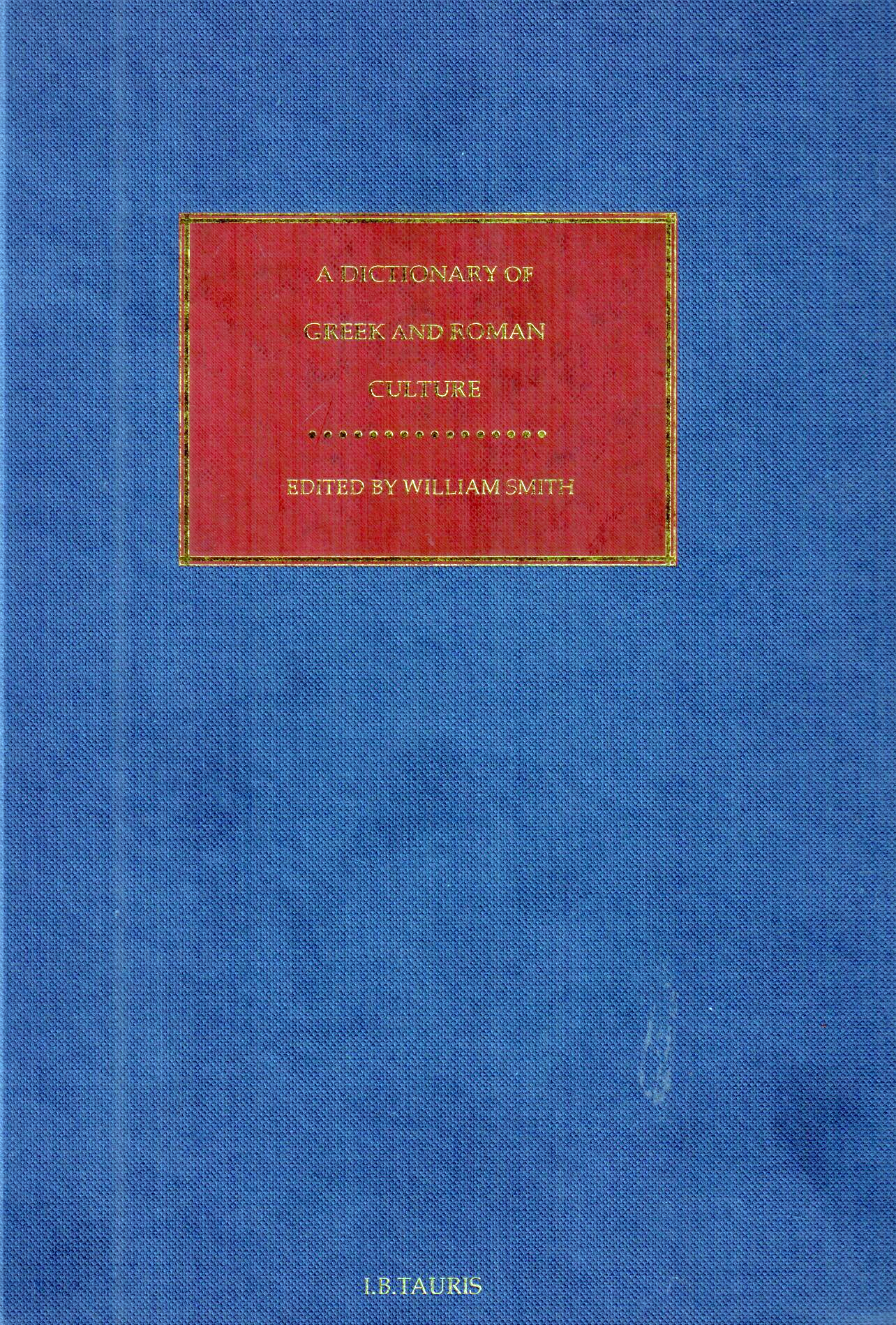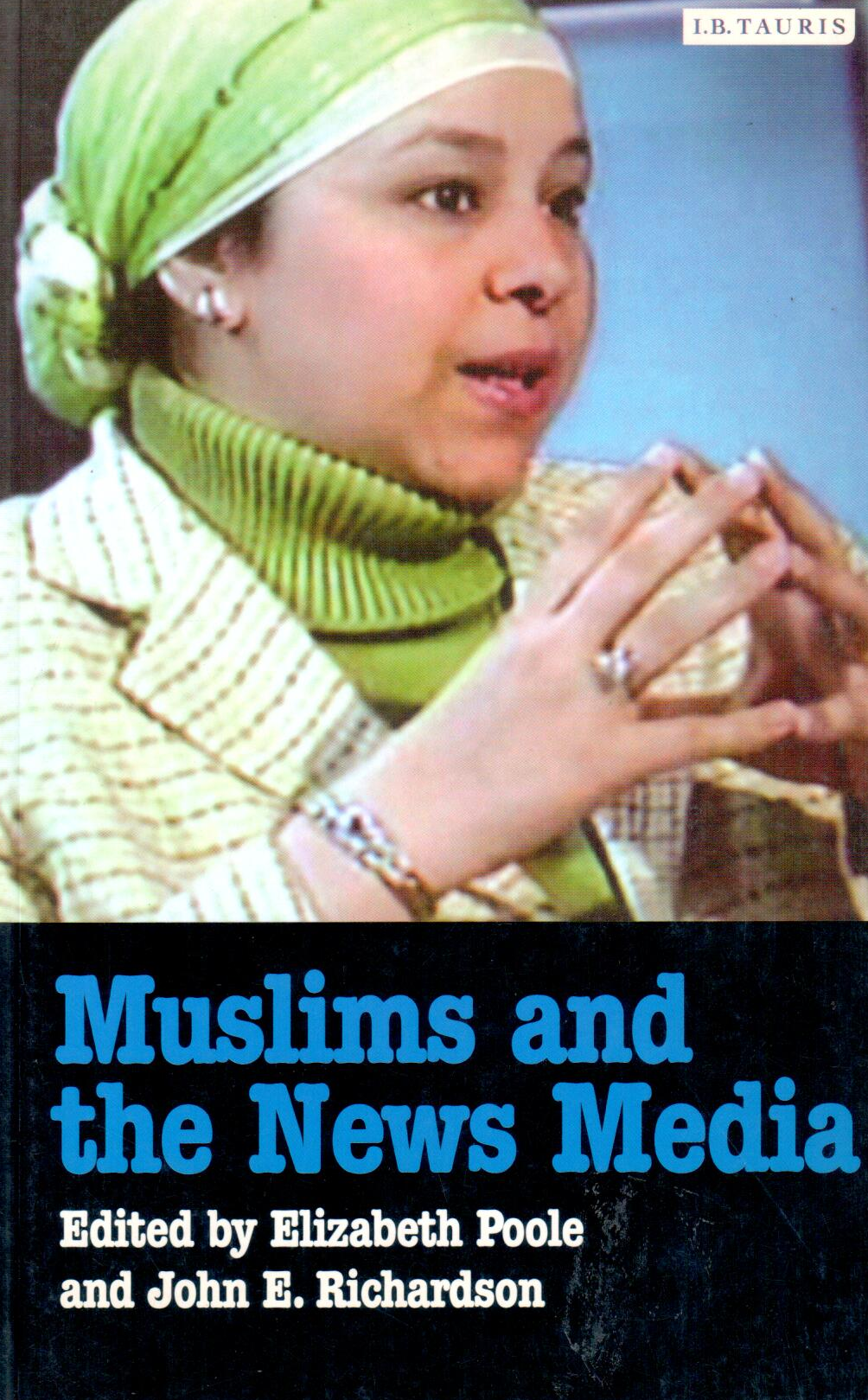Islamic Architecture in Iran الإنجليزية 1433
Islamic Architecture in Iran
28٫00 $
مشاركة
Wishlist
ISBN رقم:
9781848857292
الناشر:
I.B. Tauris
الفئة العمرية:
البالغون
الصفحات:
245
الوزن:
455 g
أبعاد المنتج:
14 x 21 x 1٫72 cm
غلاف الكتاب:
غلاف کرتونی
"This book marks a welcome progression in seeking to move beyond "Islamic Art History" as a monolithic continent-wide movement. By explaining how and why Iran absorbed Islam and vice versa, Khaghani successfully demonstrates that Islamic Architecture is shaped by cultural and traditional factors as much, if not more, than purely religious imperatives. It is to be hoped that this opens the way for more regional studies and a more subtle understanding of the Architecture of Islam and Iran in the future".
-Emma Loosley, Senior Lecturer in Islamic Art, School of Arts, Histories and Cultures, The University of Manchester
more
\"This book marks a welcome progression in seeking to move beyond \"Islamic Art History\" as a monolithic continent-wide movement. By explaining how and why Iran absorbed Islam and vice versa, Khaghani successfully demonstrates that Islamic Architecture is shaped by cultural and traditional factors as much, if not more, than purely religious imperatives. It is to be hoped that this opens the way for more regional studies and a more subtle understanding of the Architecture of Islam and Iran in the future\".
-Emma Loosley, Senior Lecturer in Islamic Art, School of Arts, Histories and Cultures, The University of Manchester
more

